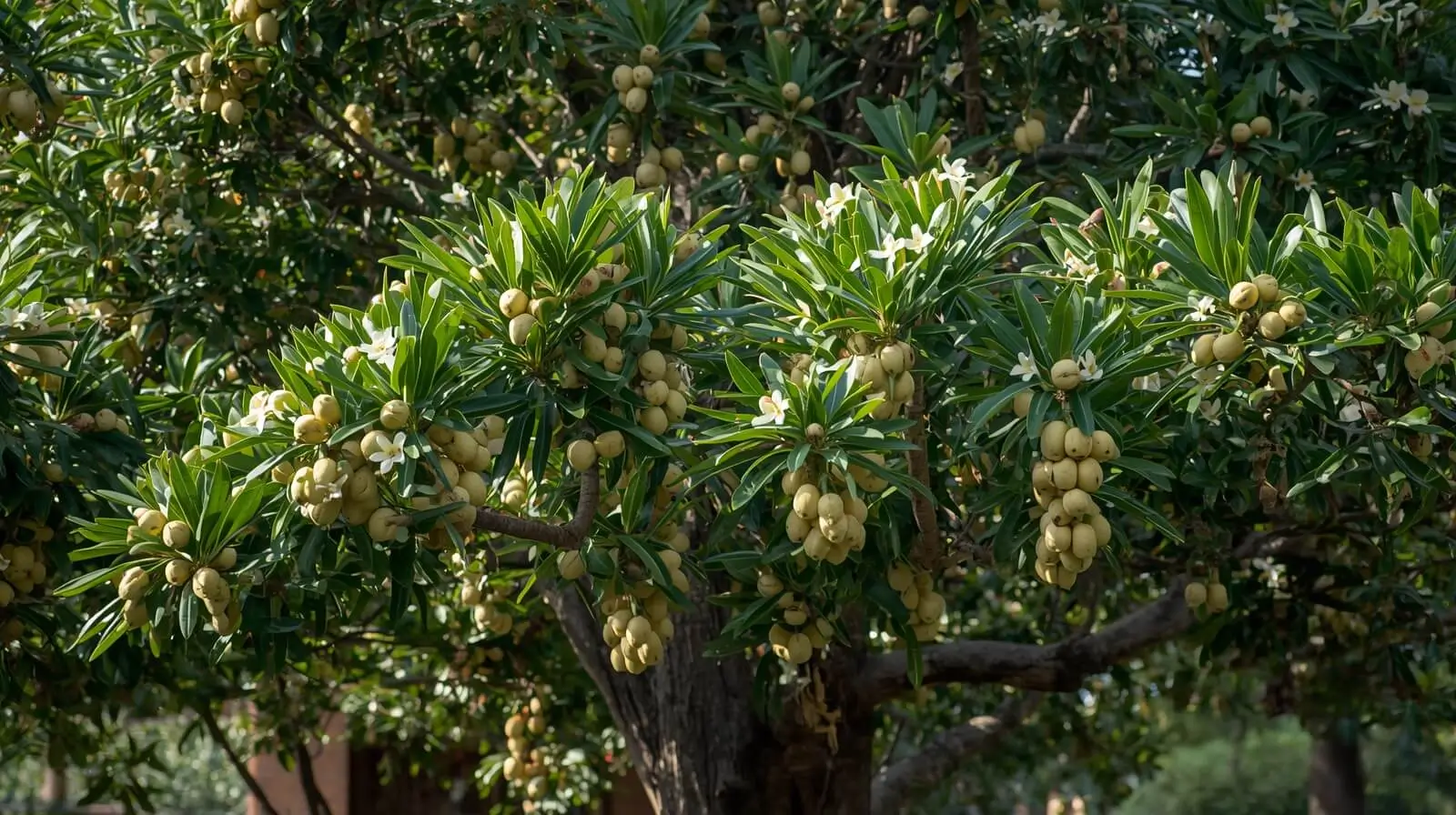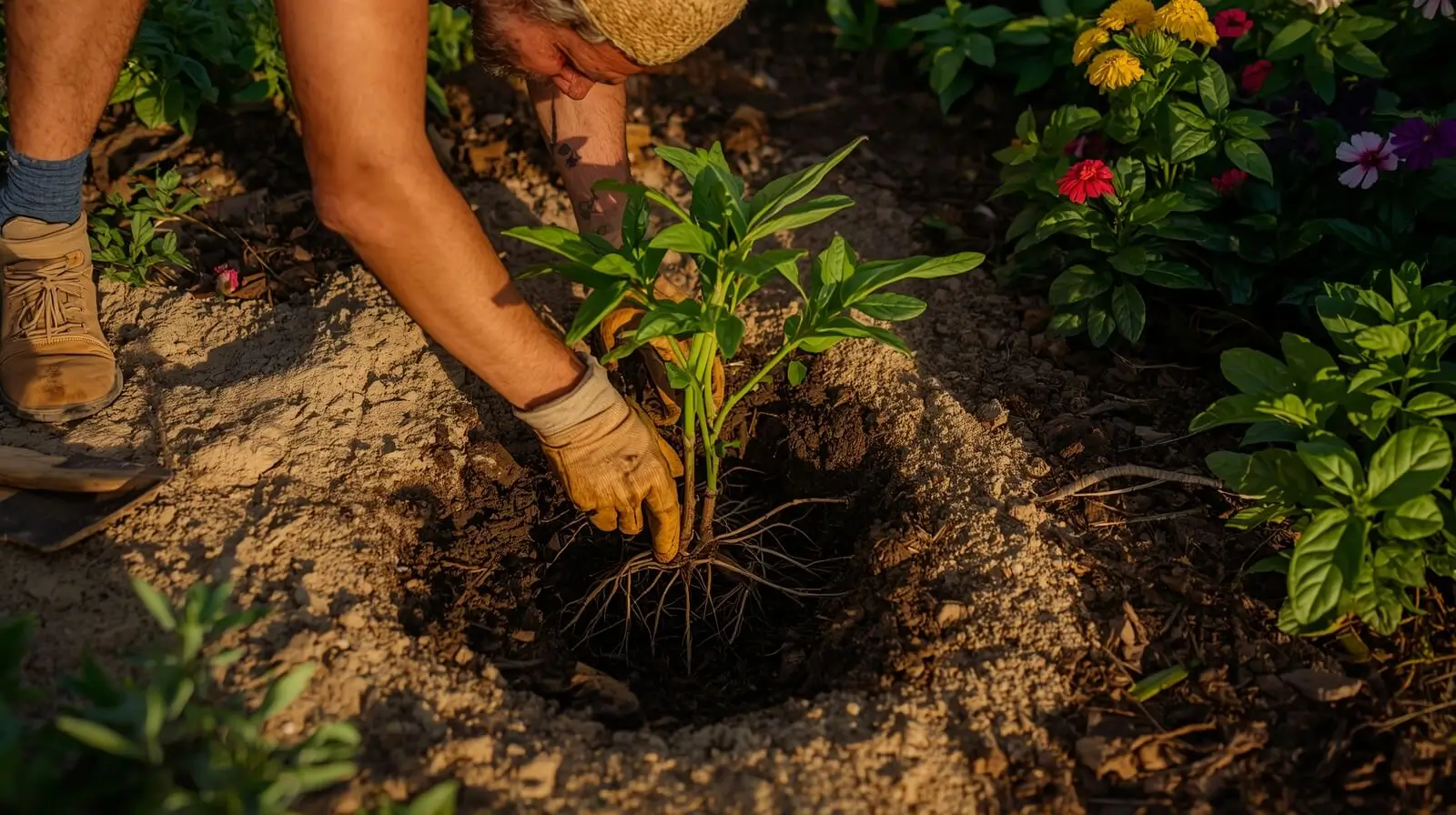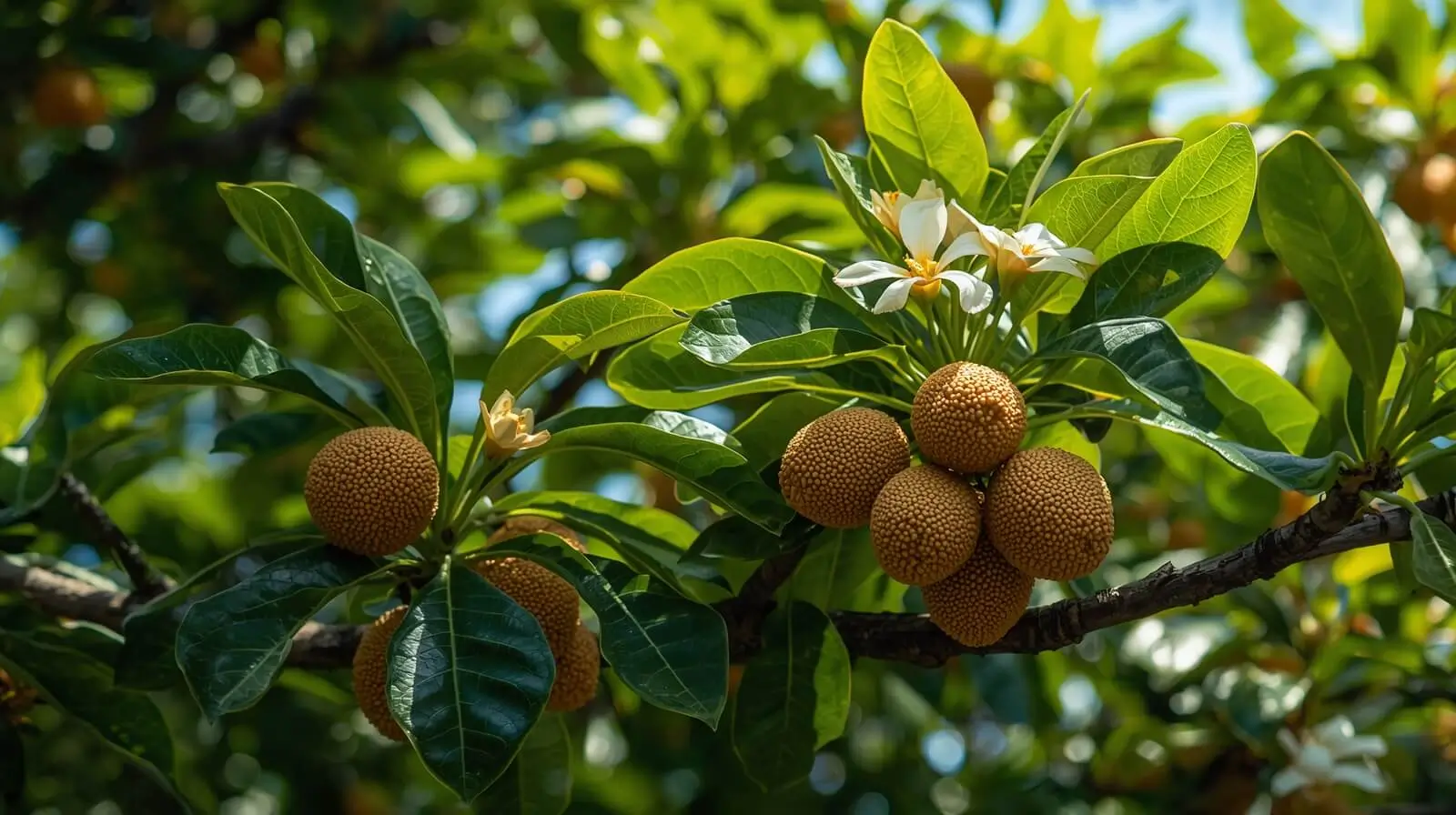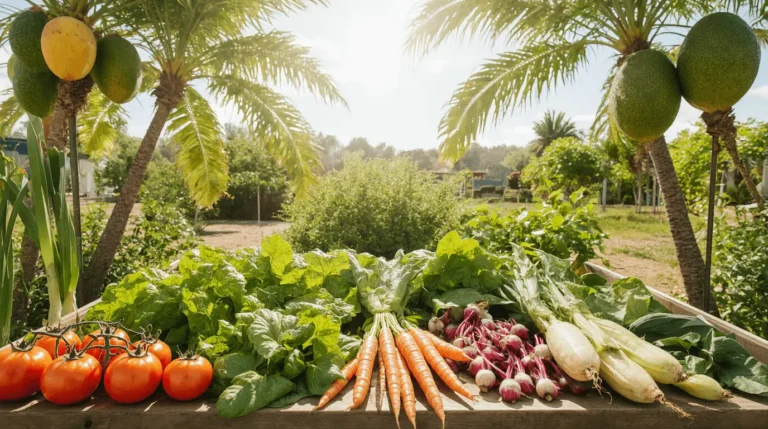When I first brought a butterscotch sapodilla tree into my garden, I realized how quickly this remarkable tropical plant can transform a simple space into a mini backyard paradise, especially when you follow a clear guide that explores the essential steps of growing it successfully. With time, I developed a deeper understanding of the specific requirements and careful care needed to ensure the tree thrives, produces an abundant and sweet harvest, and avoids common pitfalls that many new growers face. What surprised me most was the stunning foliage and the delectable fruit it begins offering once you learn how to work with its needs, because it’s not just important to nurture it properly, but also to understand its growth rhythm, the promise it holds, and the potential that unfolds through patience and consistency. Anyone with an interest in tropical plants can follow these steps, and once you see it flourish, you’ll know exactly why this butterscotch sapodilla tree feels like an unmistakable gift for any gardener who values beauty and bounty of nature.
1. Understand the Butterscotch Sapodilla Tree

When I first started learning about the butterscotch sapodilla tree, I was genuinely amazed that this plant is scientifically known as Manilkara zapota, a species celebrated for its sweet, brown, grainy fruit that boasts a delightful flavor unlike anything else I had grown before. I realized how this tropical plant can reach impressive heights of 40 to 60 feet, with a spread of 35 to 45 feet, making it an ideal choice for spacious home gardens. What stood out to me were its features—the glossy, elliptical leaves, the small, fragrant, white flowers, and the way they attract pollinators, enhancing the garden’s ecosystem naturally. The fruit matures over a period of 6 to 9 months, and from my own experience, the optimal time for harvesting is when the fruit feels slightly soft to the touch, which typically happens between February and April.
Over the years, I learned that successful cultivation is truly essential, especially when you provide the tree with full sun exposure, well-draining soil, and a slightly acidic pH level of 5.0 to 6.0, as these conditions promote healthy growth. Additionally, this tree bears sweet fruit that is self-pollinating and drought-tolerant, making it a naturally thriving species in USDA hardiness zones 9-11, an excellent choice for warm climates. With proper care and the use of Everglades Farm’s resources, the sapodilla can become a long-lasting, fruitful addition to any garden. When you explore options like the Fast-Growing Trees Collection, you discover how quick-yield tropical greenery truly enhances the overall gardening experience and brings lasting beauty to your space.
For authoritative research-based insights, you can also review the Cornell University sapodilla growing guide, which explains fruit behavior, climate suitability, and long-term care practices
2. Prepare the Planting Site and Soil

When I begin preparing a space to plant a specific fruit tree, I always look for a location that receives direct sunlight for at least six hours each day. Choosing the ideal soil is essential, and it should be well-draining, preferably a sandy or loamy mix to support steady growth.
- Clear weeds and debris to start the site preparation effectively.
- Digging a hole twice the width of the root ball and the same depth helps the sapling settle well.
- Mixing excavated soil with organic compost can enhance fertility and drainage, ensuring optimal conditions.
If the ground consists of heavy clay, incorporating sand or perlite can significantly improve the structure. After preparing everything, the area is ready, giving the young plant the best possible start toward a healthy future.
3. Implement Care and Maintenance Practices

When I cared for my first Butterscotch Sapodilla, I quickly learned that what happens after planting truly requires the most diligent care if you want the tree to thrive. Initially, it is essential to water the plant deeply once a week during the first few months, which encourages strong root development as the tree matures. I would then gradually increase the watering intervals to every three days for several weeks, up to twelve, because even though its drought tolerance improves with time, it can still benefit from occasional deep watering during prolonged dry spells. For optimal growth, I always fertilize with a balanced fertilizer like NPK 10-10-10 at set times each year—early spring, mid-summer, and late fall—while avoiding over-fertilizing with nitrogen because it may lead to excessive leaf growth and insufficient fruit production.
I’ve also found that Light pruning is highly advisable to maintain the plant’s shape, especially when you need to remove dead or diseased branches. Regularly addressing infestations and acting promptly with organic solutions like neem oil is extremely important for long-term health. Additionally, always monitor the soil moisture at a depth of 2-3 inches, and if it feels dry, it’s time to water again. Following this thorough regimen will ensure your fruit-bearing plant remains healthy and productive throughout the seasons.
4. Troubleshoot Common Growing Issues

When working with Butterscotch sapodilla trees, I’ve noticed they often face a mix of typical challenges, especially when the yield is low or the leaf drop becomes frequent. Sometimes the plant produces blossoms without developing fruit, which usually points to insufficient pollination as the culprit. To enhance production, I usually consider planting another tree nearby, since it can significantly improve yields, sometimes even yielding between 5,000 to 8,000 pounds per acre annually. Other times, frequently observed results come from improper watering practices, so I make sure to ensure the soil is well-draining and adjust the schedule to prevent both overwatering and underwatering.
I’ve learned that Regular inspections of the leaves and stems are crucial for early detection of pests like aphids, beetles, or scale, and once discovered, I immediately start applying insecticidal soap or neem oil to mitigate damage. Additionally, proper positioning is essential, keeping the tree at least 25 feet away from other plants or structures to avoid overcrowding, which can hinder growth. By proactively addressing these issues, you naturally cultivate a healthier tree that thrives and produces abundant fruit.
Read Also:
- Gardening & Plant Care Guide for Thriving Plants
- Tropical Fruit Trees: Grow Exotic Paradise at Home (Guide)
Conclusion

Growing a Butterscotch Sapodilla tree becomes much easier once you understand how to prepare the planting site, provide consistent care, and quickly troubleshoot any issues that arise. When you pay close attention to soil conditions, watering schedules, pest control, and pollination needs, your sapodilla tree is far more likely to thrive, stay healthy, and reward you with abundant, flavorful fruit. With patience, observation, and a steady routine, you can turn this tropical tree into a long-lasting, productive addition to your garden.
To expand your knowledge even further, you can also read our guide on how to grow the Silas Woods Sapodilla, another sweet and beginner-friendly tropical fruit tree.
FAQs
1. Why is my Butterscotch Sapodilla tree not producing fruit?
Poor pollination is the most common reason. Planting another sapodilla tree nearby can significantly improve fruit set and overall yield.
2. How often should I water my sapodilla tree?
Water deeply once a week when young. As the tree matures, increase watering frequency slightly during dry spells but avoid overwatering.
3. What type of soil is best for a sapodilla tree?
Well-draining sandy or loamy soil with slightly acidic to neutral pH offers the best growing conditions.
4. How do I fix leaf drop on my sapodilla tree?
Leaf drop is often linked to improper watering. Adjust your schedule and ensure the soil is neither waterlogged nor completely dry.
5. What is the ideal fertilizer for Butterscotch Sapodilla?
Use a balanced fertilizer such as NPK 10-10-10 three times a year—early spring, mid-summer, and late fall.
6. What pests commonly affect sapodilla trees?
Aphids, beetles, scale, and other small pests can attack leaves and stems. Treat infestations promptly with neem oil or insecticidal soap.
7. How much space does a sapodilla tree need?
Plant it at least 25 feet away from other trees or structures to avoid overcrowding and ensure proper airflow.
8. Can sapodilla trees tolerate drought?
Yes, mature sapodilla trees develop moderate drought tolerance, but young trees still require consistent watering.
9. When is the best time to harvest sapodilla fruit?
The fruit is usually ready between February and April when it becomes slightly soft to the touch.




